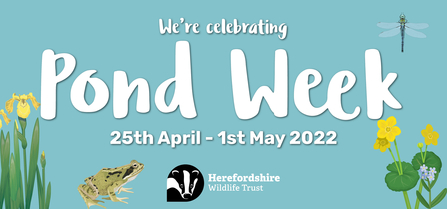Pond Plants
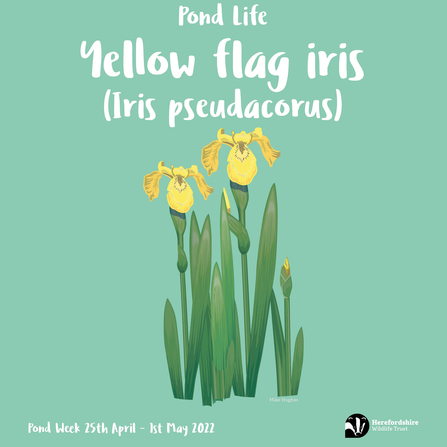
The water-loving yellow iris can be found along the margins of waterways and ponds, and in wet woodlands, fens and saltmarshes. Often mingled among other reedbed plants, its large, bright yellow flowers appear between May and August; they are thought to be the inspiration for the fleur-de-lis symbol, which is used in heraldry and also by the Scouts.
Brooklime
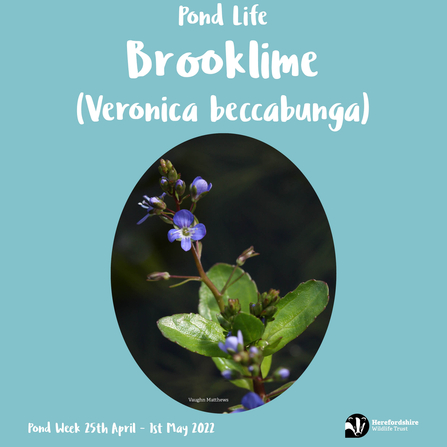
As its name suggests, Brooklime grows in the wet margins of brooks, streams and ditches, and also in very damp soil. It is in bloom between May and September, producing spikes of bright blue flowers, but its leaves can persist all year-round. It is an ideal plant for wildlife pond margins as it is easy to control and provides cover for tadpoles and sticklebacks.
Lesser spearwort
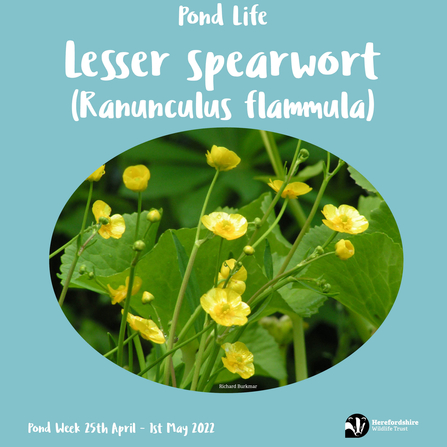
Lesser spearwort is a common, hairless perennial of fresh water, such as the edges of ponds, lakes and streams, and in marshes, water meadows and bogs. A member of the buttercup family, it displays the familiar sunshine-yellow flowers that define this group. However, its leaves are undivided and spear-like, hence its name, 'Spearwort'.
Marsh-marigold
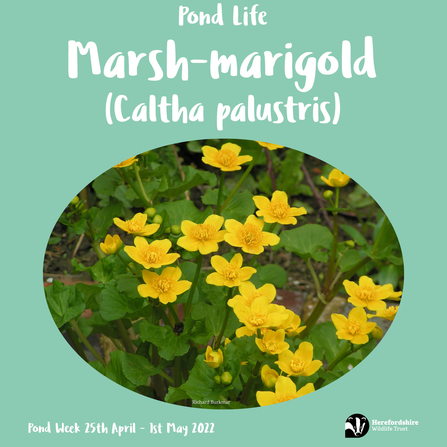
The large, golden flowers of Marsh-marigold look like the cups of kings, hence its other name: 'Kingcup'. It favours damp spots, like ponds, meadows, marshes, ditches and wet woodlands.
Water mint
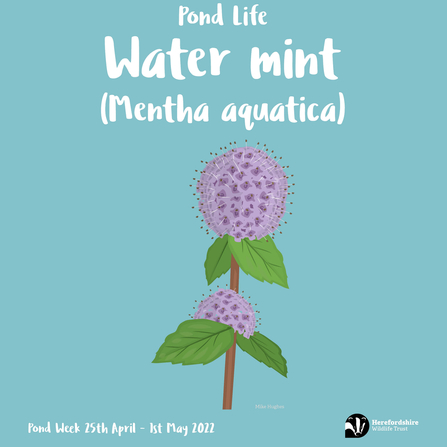
Water mint grows in damp places and has aromatic leaves that can be used to flavour food and drink. Its hairy, oval, toothed leaves appear in whorls around reddish stems at the end of which are produced dense clusters of lilac-pink flowers.
Starwort
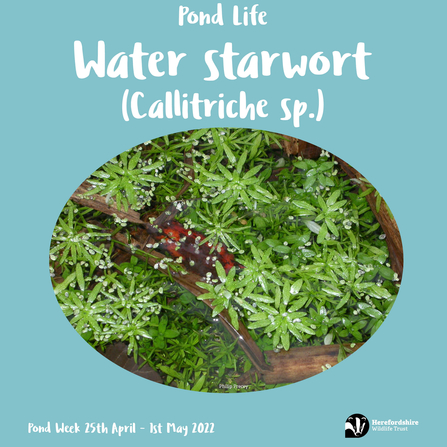
Starwort has small, spoon-shaped, bright green submerged leaves, which are favoured by newts for egg-laying, with rosettes of broader floating leaves. Its stems often root into wet mud to form a close mat.
Water forget-me-not
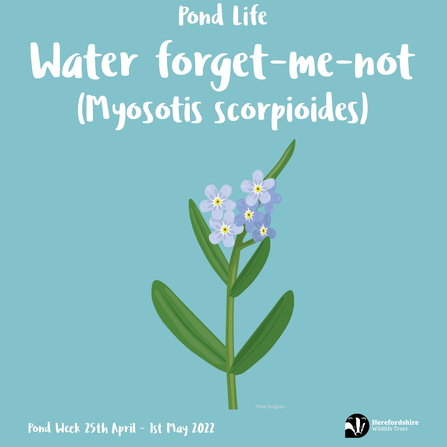
Water forget-me-not was once more commonly known as 'Scorpion-grass' because its curled clusters of sky-blue flowers resembled a scorpion's tail. It can be found in damp habitats, such as riverbanks, fens, marshes and ponds, either submerged in shallow water, or on surrounding ground. Its pretty flowers appear from June to September and are a favourite in traditional cottage gardens.
